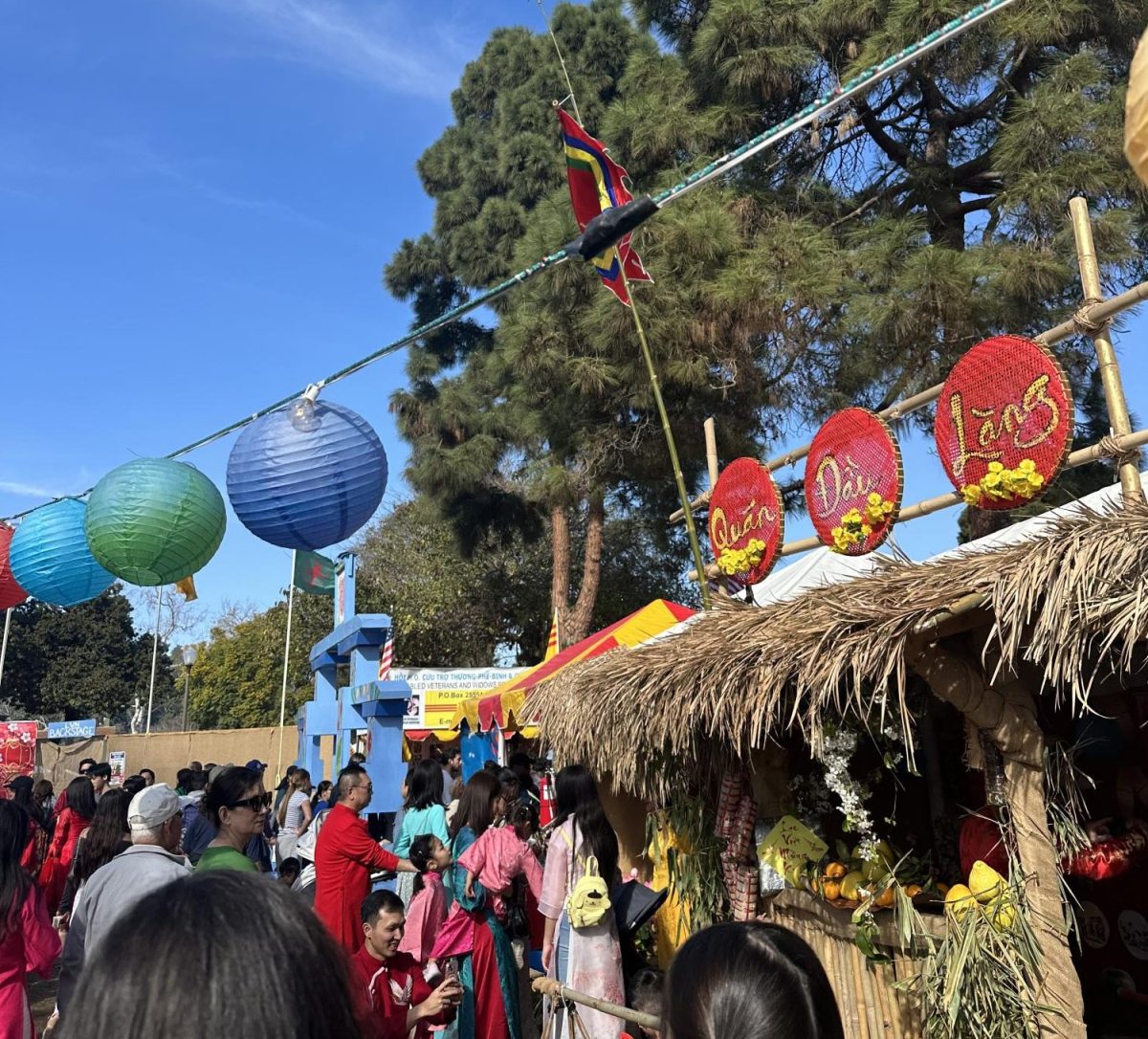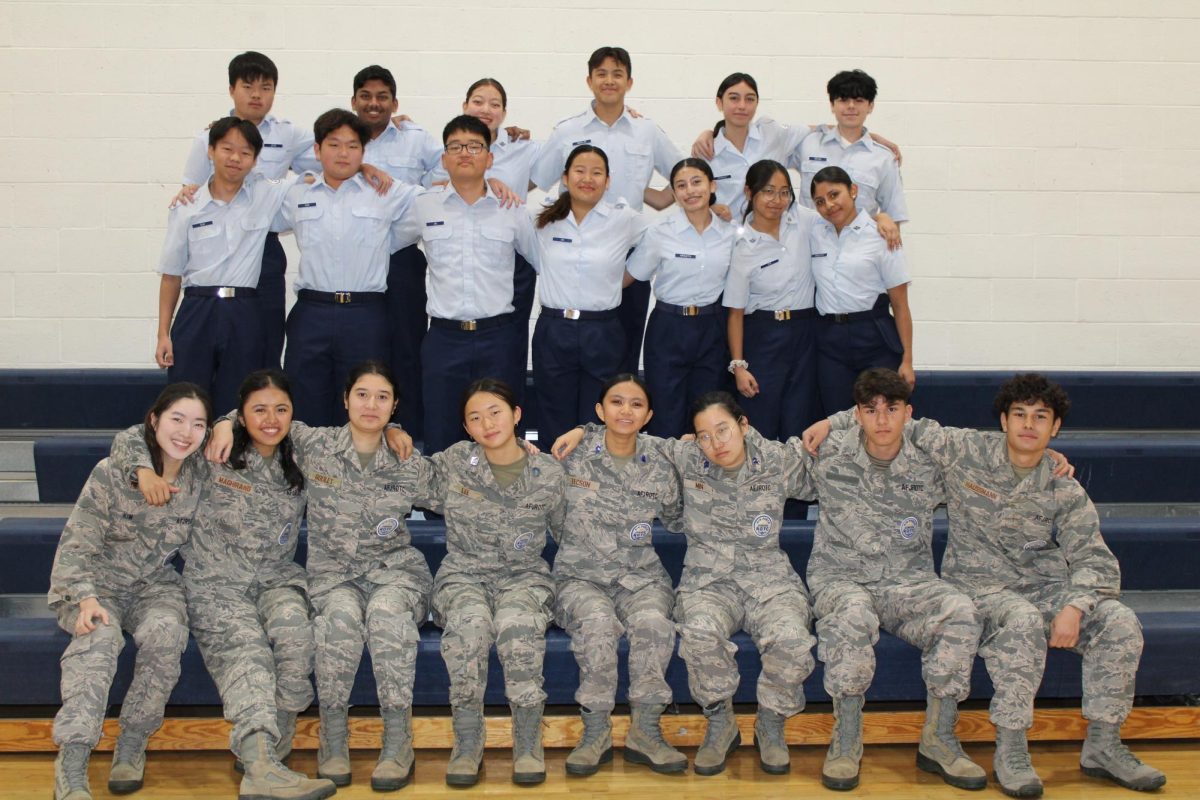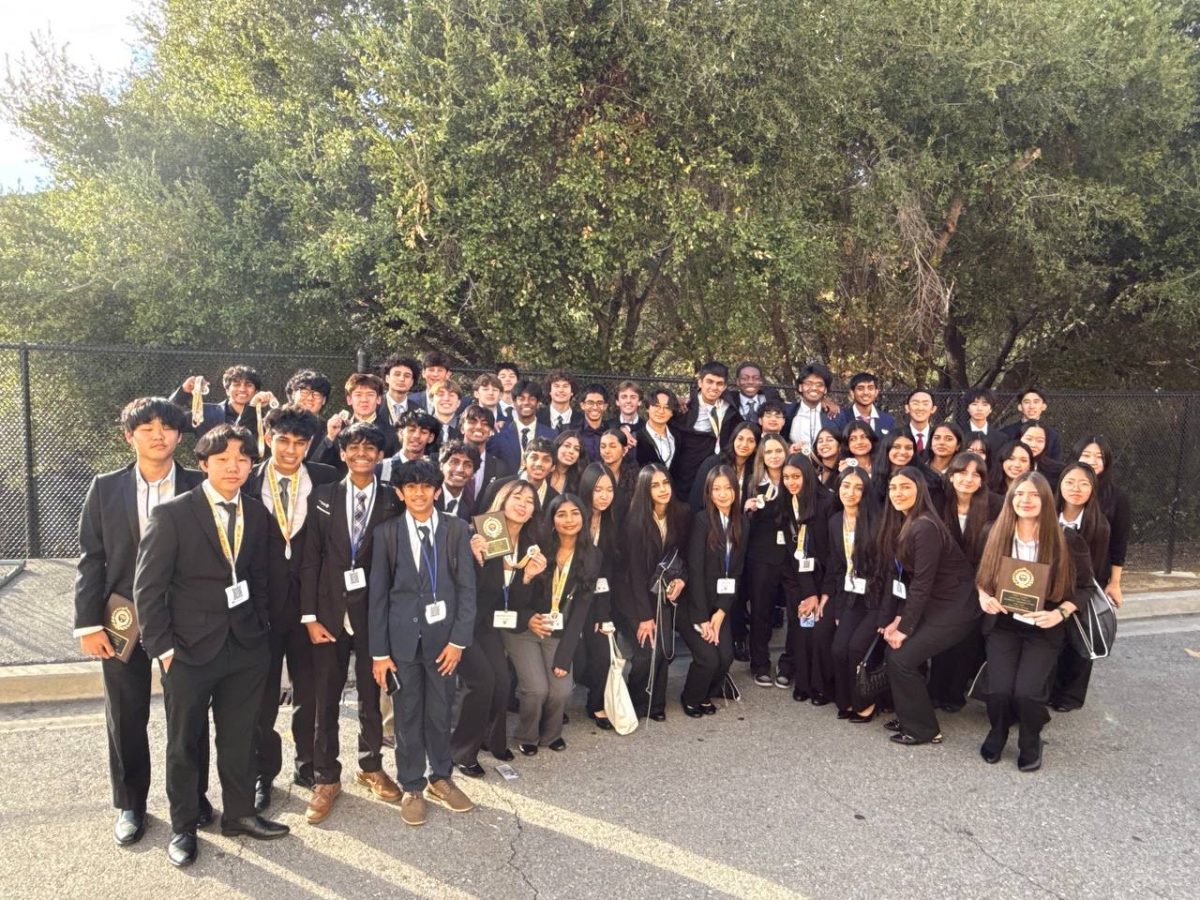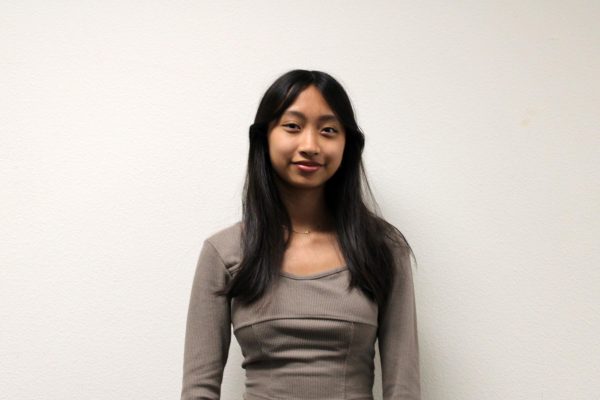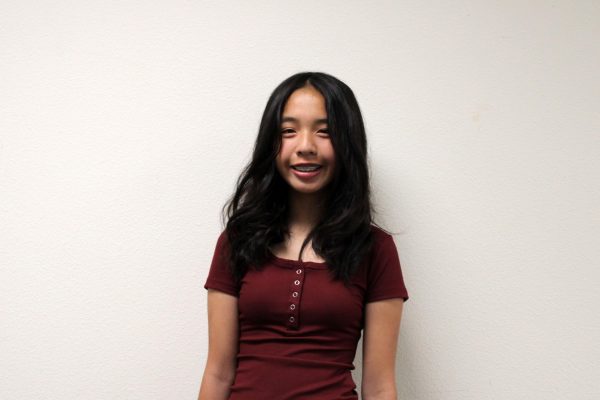Lunar New Year Tradition
Lunar New Year commemorates the new year of the lunar calendar, which is based on moon cycles. In the year 2025, this day falls on Jan. 29. During the weeks surrounding this holiday, West Ranch students and staff celebrate the new year with a vast variety of customs from different cultures.
Nathan Quach
For junior Nathan Quach, celebrating Chinese New Year usually means spending time with family, eating good food and honoring relatives who have passed.
The Chinese Lunar Calendar consists of a 12-year cycle with a zodiac animal for each year; 2025 is the Year of the Snake. The order of the zodiacs is the Rat, Ox, Tiger, Rabbit, Dragon, Snake, Horse, Goat, Monkey, Rooster, Dog and Pig. Emphasizing that Chinese New Year makes him feel connected to his culture, Quach expressed, “Each year that I celebrate [Chinese New Year] would usually be one of my relatives’ ‘lucky’ year following the Lunar Zodiac Calendar.”
For Quach, special food dishes play a major role in his celebrations. “Dishes that we usually have are seafood including crab, lobster, abalone and some other exotic foods that we usually don’t eat often unless it’s a special occasion,” he explained.
The Lunar New Year brings his family together. Quach shared, “My favorite part of the celebration is when I go out with all the other kids to burn fake money as a way to send things to the spirits in heaven.” This activity embraces a way to remember and honor his relatives that have passed.
When asked about the importance of celebrating this holiday, Quach replied, “Lunar New Year to me personally is a way to remember and honor our deceased relatives.” To Quach, his family’s traditions do just that.
Samantha Thai
For freshman Samantha Thai, the Lunar New Year, otherwise known as Tết, is an occasion to dress up, play games, and reconnect with family.
Along with her relatives, Thai dresses in Áo Dài, a traditional Vietnamese uniform. The silk tunic dress usually consists of floral patterns, a spectrum of colors and loose pants underneath. She described, “seeing your whole family dress up helps connect you to your ancestors.”
Every year, Thai plays “Bầu cua cá cọp,” a Vietnamese game. “Everyone gets quarters and bets each quarter in different spots. If your spot gets chosen, the money doubles.” The game consists of a mat with six different spots: fish, prawn, crab, rooster, deer as well as dried gourd and dice with matching icons.
Tết finds a way for Thai to visit distant family members. “I have a cousin whom I’m really close with, but don’t see very often. Everytime we come together, we get to reconnect,” she expressed.
To celebrate, Thai receives red envelopes containing money from her relatives, a message of good luck. “[Tết is] a way to commemorate the new year and spend time with family [as] a reminder of how this is a fresh start,” Thai concluded.
Hannah Kow
Freshman Hannah Kow celebrated Chinese New Year with traditions such as cooking with loved ones, practicing superstitions and writing calligraphy.
Lunar New Year helped Kow feel connected to her culture and family through traditional dishes. When asked about must-haves during celebration, she replied, “We all like to make dumplings together and eat rice cakes.”
There are certain customs when it comes to clothing. Kow described, “It is considered lucky to wear red. If you’re superstitious, then most people wear new clothes to represent the new year entirely.” On Chinese New Year, wearing red clothing is very common, as the color red symbolizes prosperity and good fortune in Chinese culture.
“My favorite Lunar New Year memory definitely has to be learning how to write traditional calligraphy from my grandpa,“ Kow reminisced. “He is super skilled in calligraphy and it is such a fun way to immerse in culture while spending time with family.” Calligraphy symbolizes an intertwinement to heritage and artistic expression. With carefully executed brush strokes, it is considered to be a prestigious art form in China.
Lunar New Year serves as a way to immerse in traditional Chinese culture. Kow shared her personal experience with the holiday: “I’ve been learning about this holiday since second grade at Chinese school so it’s an opportunity for me to practice language.”
Conclusion
Whether it is called Lunar New Year, Tết or Chinese New Year, this holiday holds a similar meaning in various cultures regardless of the different cultural traditions. It is a celebration of new beginnings through family reunions, honoring past relatives, and immersing in culture.

